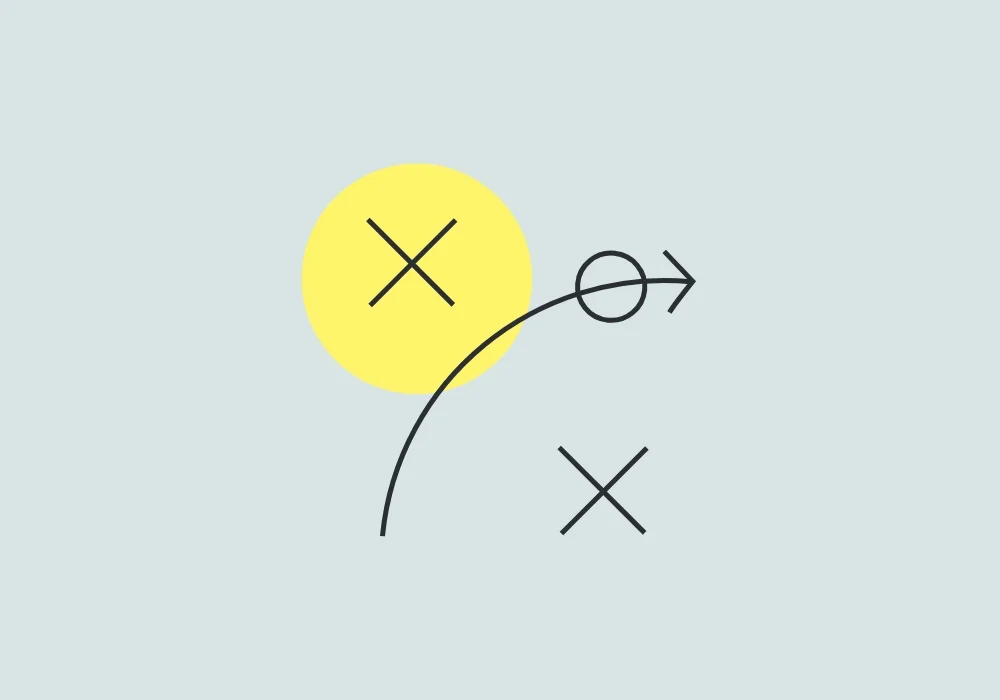
Make the Phone Ring: Turn Prospective Customers into Paying Ones
We’ve all been there. Work’s crazy, business is booming and you’ve been run off your feet to such an extent you’ve had to send your shoes in for a retread. All’s looking rosy and projected growth levels and revenue targets are increasingly within sight.
Then suddenly, like a bolt of misfortune fired from the skies, the phones stop ringing, orders dry up and that new nine iron you promised yourself as an incentive (the forged kind, with the cavity back) becomes nothing more than a tantalising pipedream. Time to dust off the old contact database and begin a fresh round of mailshots and cold calling in the pursuit of some new leads.
… But wait. Something’s not right here. Mailshots? Cold calling? What century is this?
The days of thinking ‘outbound’ – or shouty marketing which interrupts your customer’s day – are over. Those techniques might have had a place in the pre-internet world, but the market has evolved and, with it, the way in which we interact with one another. Inbound marketing is where it’s at in 2012 and beyond.
Worldwide, 32.7% of the population use the internet, with 78% conducting product research online.
Inbound marketing – where customers come to you – is a more effective way of acquiring customers, costing 62% less per lead than the more traditional outbound methods. Inbound marketers segment the buying process of a typical consumer into the following three stages:
- Awareness
- Consideration
- Decision.
Content is aligned to and delivered at each phase of this purchase funnel, thus nurturing the evolution of a lead from first-time visitor to fully paid-up customer. Here’s how it’s done:
Awareness
Imagine a shop window. The savvy businessman or woman uses it to show what he/she has on offer to hopefully entice customers in off the street. The ‘awareness’ stage is your shop window; it is here that initial contact is made with a prospective lead and it is your job to entice them through the virtual door. Remember, before now, the consumer has had no knowledge of your brand, but via research, web analytics and social media you can find out how your potential market interacts on the web and what it is they are talking about. Make them aware of your brand by providing content that meets their needs and answers their questions. Simply blogging 16 – 20 times a month has been shown to deliver three times more leads, compared to businesses that don’t blog at all.
Content isn’t limited to blogging. It can include eGuides, infographics, webinars, white papers… even something as simple as a status update on a social media site is a form of content. The possibilities are only limited by your imagination. The key factor in all of this is killer content. The type of content that, when placed before the prospect at the awareness stage, ensures they stick around. It is at this point you enter the ‘consideration’ stage.
Consideration
46% of daily internet searches are for information on products and services
Every consumer goes through the consideration process during the buying cycle. The value of the product dictates the length of time this process takes – for example, the consideration timescale for a brand new car will be considerably longer than that for a new pair of trousers.
You are now tailoring and delivering your content specifically for the leads you acquired during the awareness stage. They are through the door, drawn in by some darn fine content, and it’s time to show what you’ve got to offer. Why you’re better than the rest. How you provide value. Why they should give you their custom. Harnessing social media channels and personalised lead nurturing emails provides opportunities to tell them, as well as blogs, infographics and webinars as we described before.
Decision
The lead, having been warmed up accordingly via the previous two stages, reaches the decision to buy. Now they are ready for content that helps them do just that – case studies which illustrate the options available, price lists and special offers can tip your customer over the edge into opening their wallet.
With 66% of buyers listing “constant and relevant communication” as a key influence in choosing a provider, you can see how nurturing leads through inbound marketing is an effective and cost-efficient way of being sure the phone never stops ringing again.
Learn how inbound marketing and lead nurturing can increase your sales – download our eGuide What Exactly is Inbound Marketing?
{{cta(’19ac5b3f-4dc1-4eea-afd3-c1dc0741e2b7′)}}
The Author |
|
 |
Alistair Norman | Marketing DirectorAlistair is responsible for the strategy, design and implementation of our Inbound and Content Marketing, with a focus on developing B2B and B2C markets. |
Read the latest positioning trends and insights.
Tap into our brand and product positioning, storytelling, and creative expertise to inspire your next strategic move.


